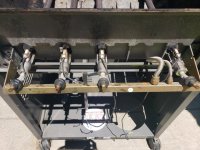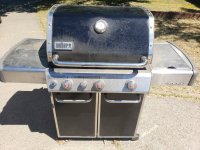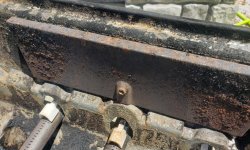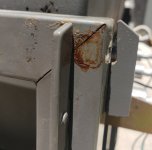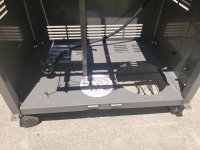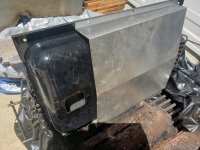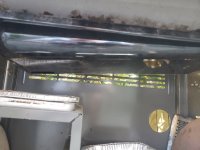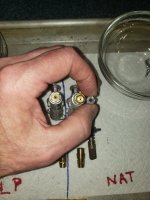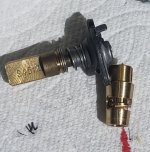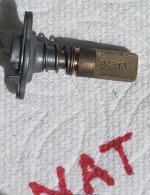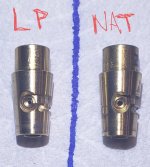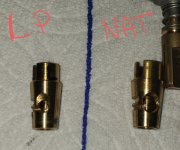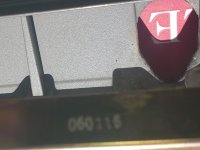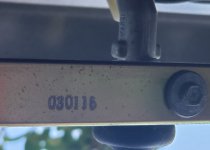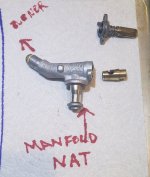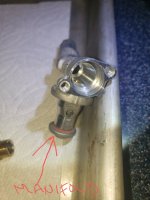DanHoo
TVWBB Olympian
I finally found an original 2016 Genesis E330 LP manifold for a fair price. AR date code.
Last year I converted my E330 NG to LP using orifices and a regulator as I could not find a manifold in stock anywhere. It is also a 2016 AR date code.
I have the original NG orifices and hose from my E330NG. I had given them away but they were never used so I have them once again.
My plan is to compare the two manifolds and valves and orifices side by side including the internals.
Notes:
1. There is already an excellent post documenting valve differences. There is a great deal of information and details I won't attempt to cover so I encourage giving that thread a read.
2. I would rather not debate if this should or should not be done. That horse has been beaten to death, buried, dug up and beat again.
3. I would rather not debate front control gennys and how bad they suck and that Weber should be flogged for this. Again, beaten to death.
I might get to the comparison this week, but I was happy I found a manifold.
Last year I converted my E330 NG to LP using orifices and a regulator as I could not find a manifold in stock anywhere. It is also a 2016 AR date code.
I have the original NG orifices and hose from my E330NG. I had given them away but they were never used so I have them once again.
My plan is to compare the two manifolds and valves and orifices side by side including the internals.
Notes:
1. There is already an excellent post documenting valve differences. There is a great deal of information and details I won't attempt to cover so I encourage giving that thread a read.
2. I would rather not debate if this should or should not be done. That horse has been beaten to death, buried, dug up and beat again.
3. I would rather not debate front control gennys and how bad they suck and that Weber should be flogged for this. Again, beaten to death.
I might get to the comparison this week, but I was happy I found a manifold.
Last edited by a moderator:

